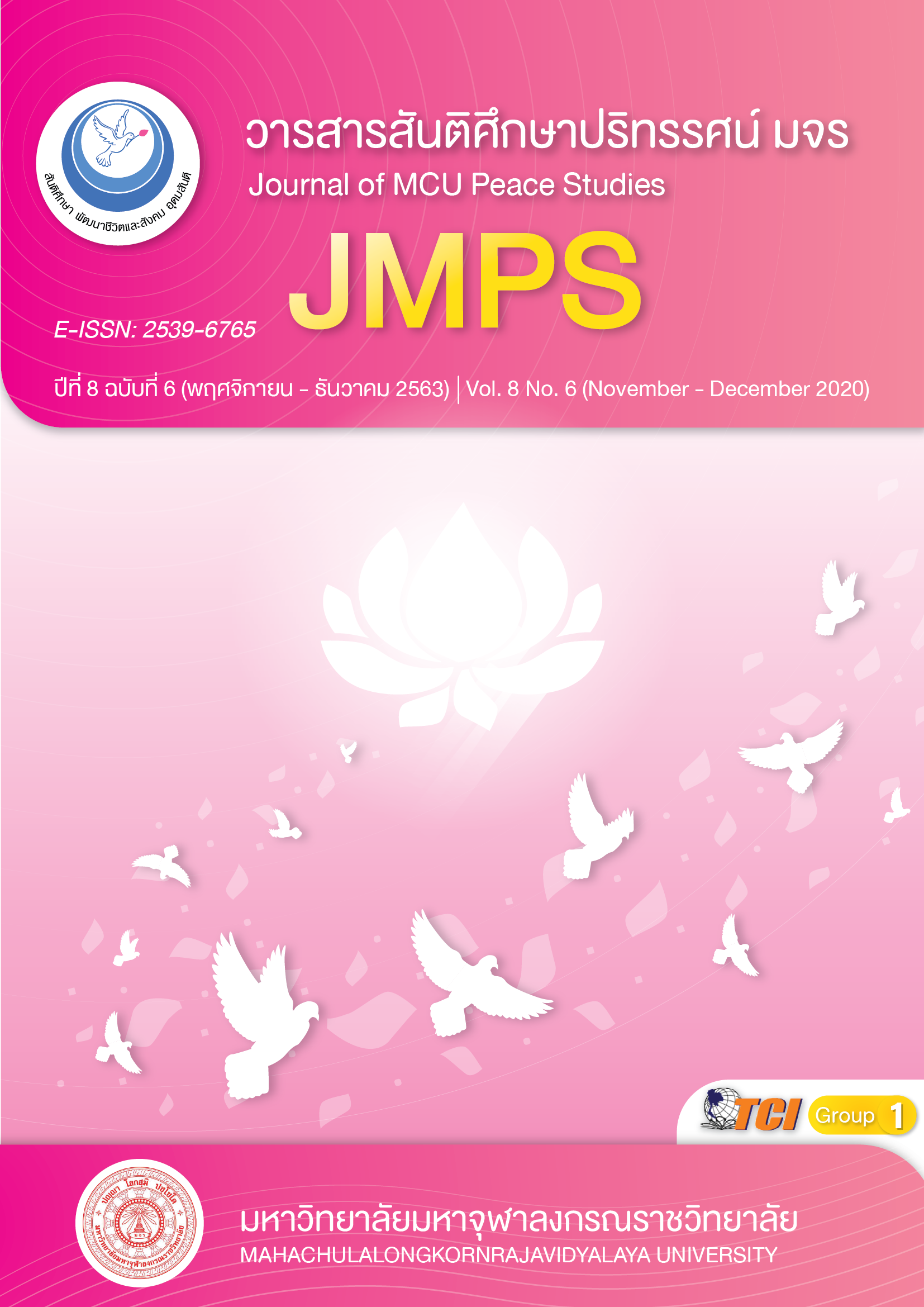The Competitive Factors of Laminated Floorcovering Market in Thailand
Main Article Content
บทคัดย่อ
Research is basically classified into two types consisted previously, customer’s preferences and satisfaction towards the floorcoverings were different based on culture and climate. For instance, the laminate had been one type of floorcoverings that very popular and widely used in Thailand and Mediterranean region, whilst carpets has been popular in European countries and rugs dominate in Middle East. Nowadays, those types of floorcoverings are widely available in every market due to the globalization strategy. The market value of floorcoverings in Thailand is more than 3 billion Baht. Laminate had the highest market share that gained more than fifty percent out of the overall market followed by Vinyl, Woods-Laminate, Tiled, and Carpet floorings respectively. Accordingly, this dissertation had been hence to critically analyse key issues and develop and illustrate appropriate consumer research methodology at early stages of creating the competitive factors of laminated floorcovering market in Thailand, as this was one of the most distinguishing characteristics of successful future company’s project strategies. 400 sets of Research is basically classified into two types consisted of Quantitative and Qualitative research. Quantitative research is generally used in business and management that involve the numerical data that could help to answer the research objectives and research question. In additional to that, the number in quantitative research could be formed in charts, statistics and graphs in order to present, explore, describe or examine the relationship among variables to support the idea. Questionnaires were launched in Bangkok as the representative area. The participants of this study were Thai or local people who either directly have experienced or used to purchase laminate’s products themselves because this research had aimed to test what were the competitive factors that effected on Thai customer satisfaction and induced to purchase intention toward the laminate.
Article Details
ทัศนะและความคิดเห็นที่ปรากฏในบทความในวารสาร ถือเป็นความรับผิดชอบของผู้เขียนบทความนั้น และไม่ถือเป็นทัศนะและความรับผิดชอบของกองบรรณาธิการ ยินยอมว่าบทความเป็นลิขสิทธิ์ของวารสาร
เอกสารอ้างอิง
Bangkokbiznews, (2016). Expanding Floorcovering Market. Retrieved October 23, 2017, from https://positioningmag.com/33661
Barney, F. (2001). Gaining in Competitive Advantage. Retrieved October 7, 2017, from https://www.tutor2u.net/business/reference/competitive-advantage
Brew. (2004). A Theory of Creepy: Technology, Private, and Shifting Social Norms. Retrieved October 30, 2017, from https://digitalcommons.law.yale.edu/cgi/viewcontent.cgi?article=1098&context=yjolt
Churchill, M., & Patter, L. (2017). Customer’s Purchase Intentions As a Reflection of Price Perception. Journal of Product & Brand Management, 17, 188-196.
Giovanis, A., Tomaras, P., & Zondiros, D. (2013). Suppliers Logistics Service Quality Performance And Its Effect On Retailers’ Behavioral Intentions, The 2nd International Conference On Integrated Information. Social and Behavioral Sciences, 73(2013), 302–309.
Guardian. (2014). Construction Slowdown Fuels Fears. Retrieved October 23, 2017, from http://www.Theguardian.Com/Business/2014/Jul/11/Construction-Slowdown-Uk-Economy-Momentum-Loss-Fears
Prachachat. (2017). Thai Has Increased Laminate’s Expenditure to AEC. Retrieved October 22, 2019, from https://www.Prachachat.Net/News_Detail.Php?Newsid=1395047483
Positioning. (2007). Grand Opening Vanatour Group. Retrieved October 22, 2017, from https://Positioningmag.Com/33661
Tantrakul, T. (2017). Human Resource Development of Prawet District Office of Bangkok. Retrieved October 22, 2017, from http://www.bangkok.go.th/prawet/page/sub/15757/รายงานผลการบริหารและพัฒนาทรัพยากรบุคคลประจำปี/5
Vinod, T. (2017). Climate Change and Natural Disasters: Transforming Economies and Policies for a Sustainable Future. Retrieved October 22, 2017, from https://taylorandfrancis.com/
Yamane, T. (1973). Statistics: An Introductory Analysis. New York: McGraw-Hill.
Zeithaml, V. A. (2018). Consumer Perceptions of Price, Quality and Value: A Means-End Model and Synthesis of Evidence. Journal of Marketing, 52, 2-22.


